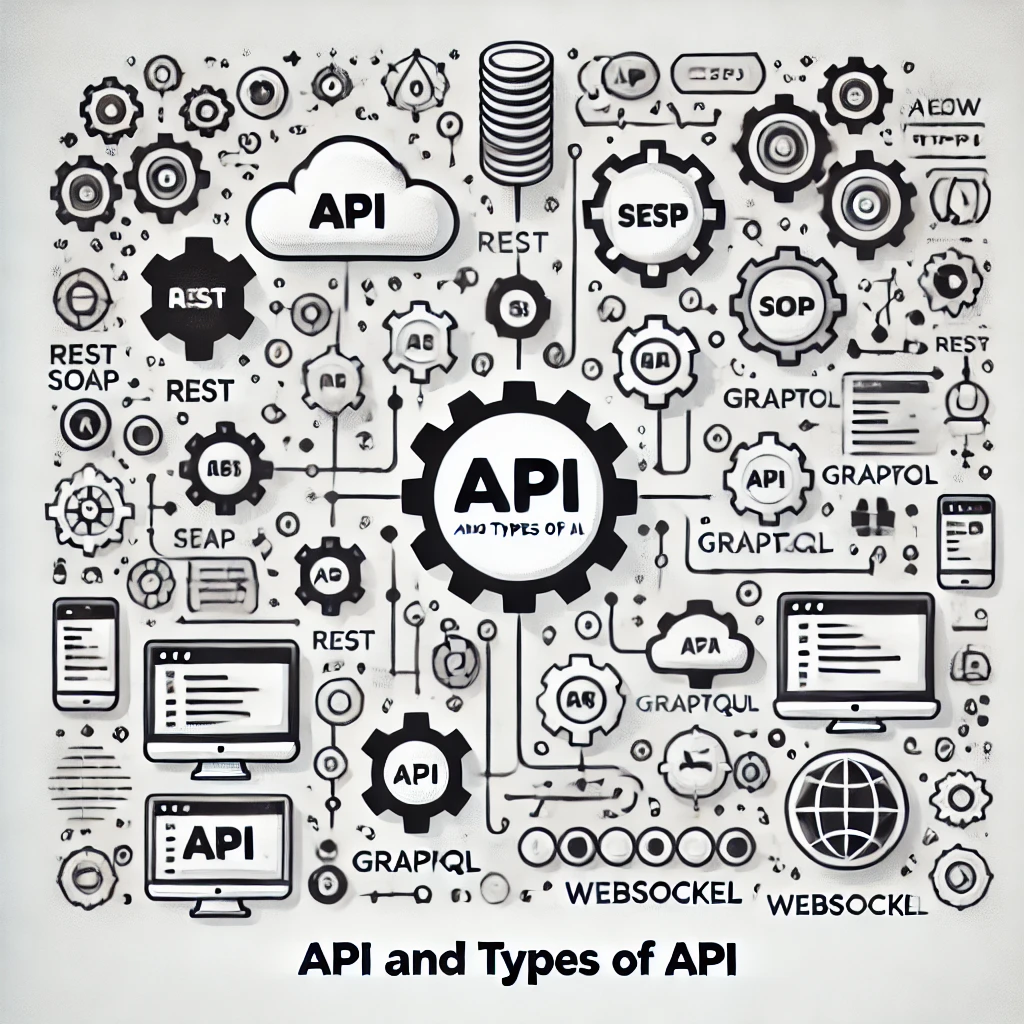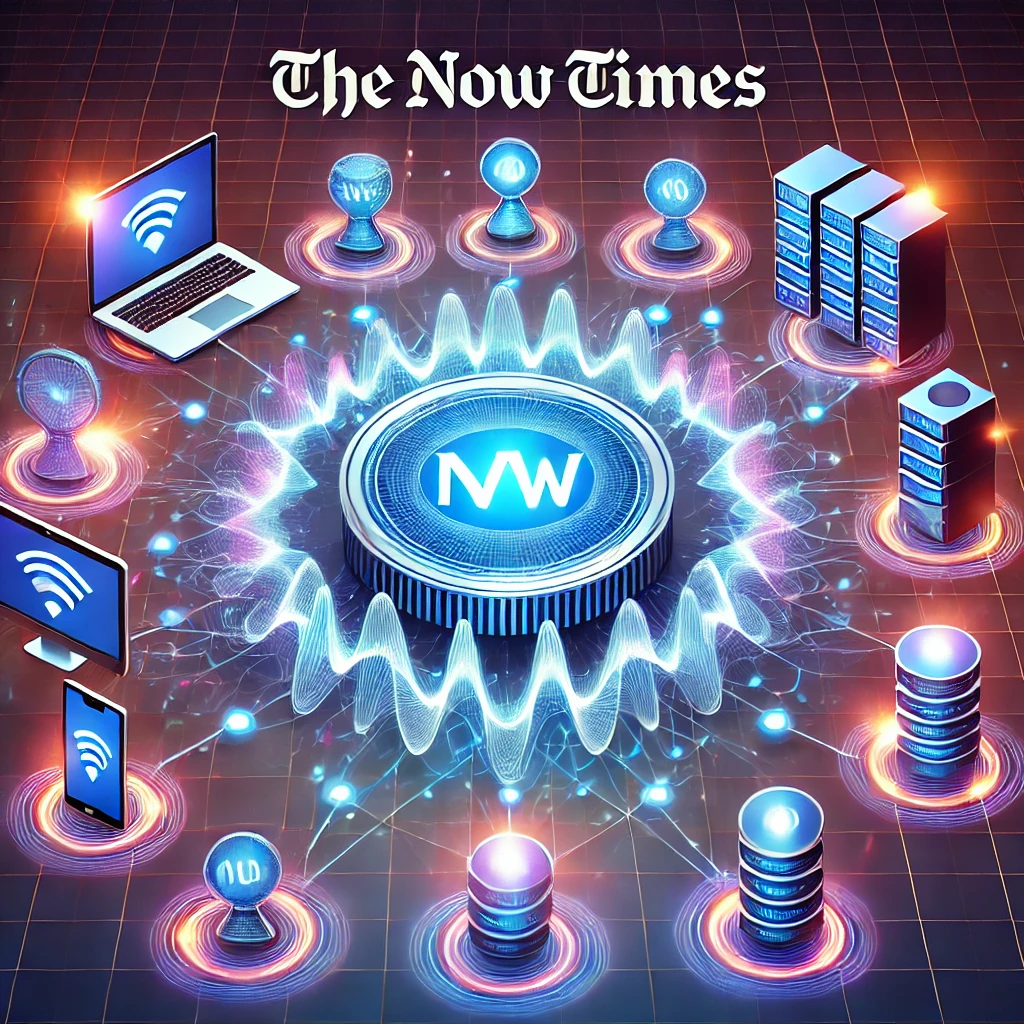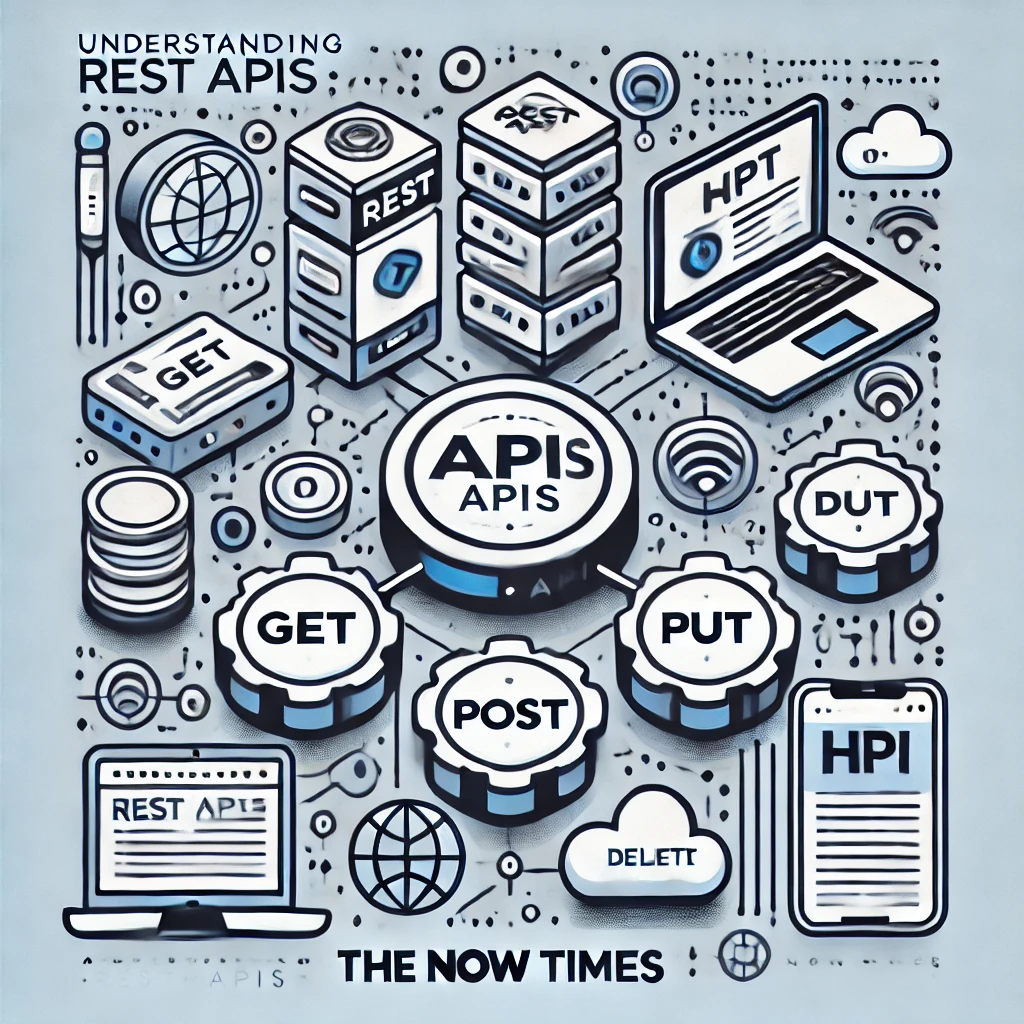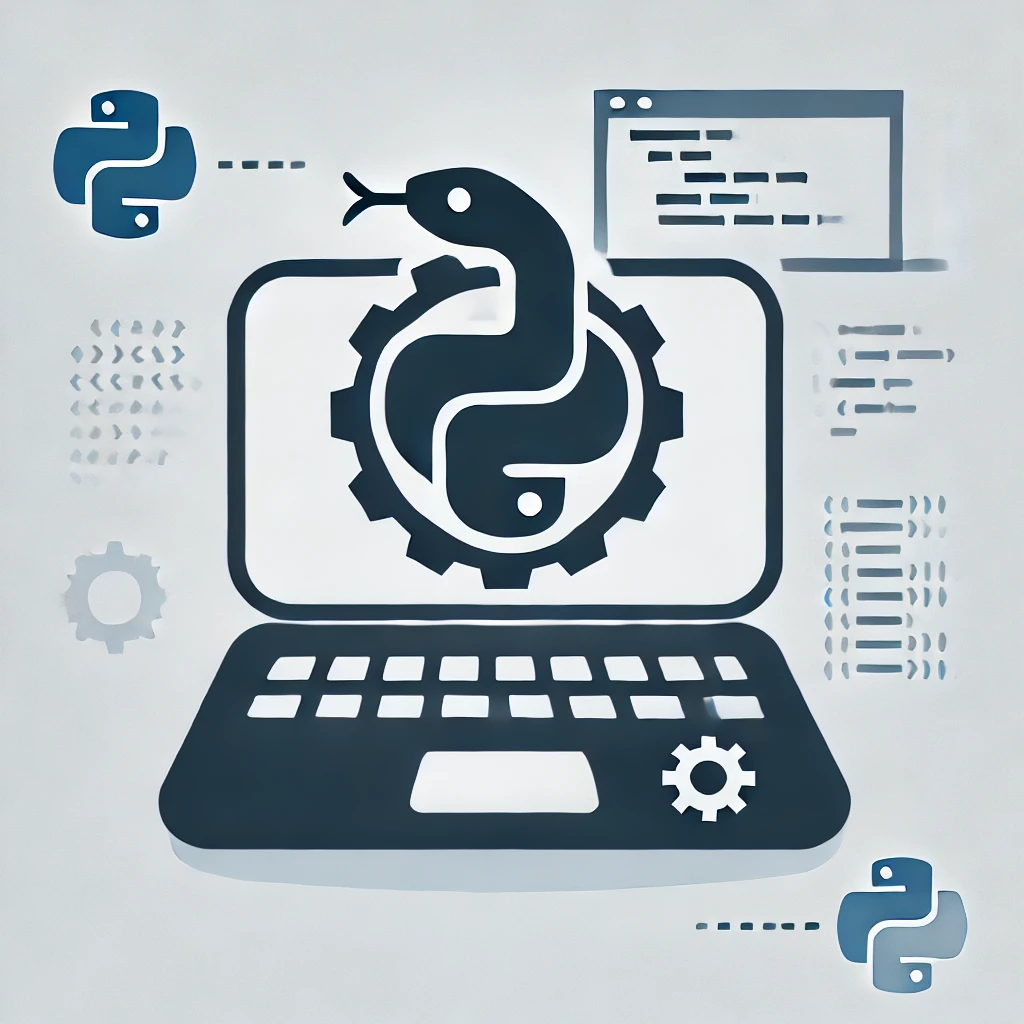Understanding APIs and Their Types
APIs are the building blocks of modern software development, enabling seamless communication between diverse systems.

Introduction
In today’s digital world, APIs (Application Programming Interfaces) have become the backbone of software development, enabling communication between different software systems. APIs allow applications to interact with each other, making complex integrations possible and simplifying user experiences. Whether you’re a beginner or an advanced developer, understanding APIs is essential for building robust and scalable software solutions.
In this article, we’ll explore what APIs are, their significance, and the different types of APIs available.
What is an API?
An API is a set of rules and protocols that enables one application to interact with another. It acts as a bridge that facilitates communication between different systems or components. For example, when you use an app like Google Maps to locate a destination, the app communicates with Google’s servers via an API to retrieve the required data.
Key Benefits of APIs:
Efficiency: They reduce development time by providing prebuilt functionalities.
Scalability: APIs allow systems to grow and adapt by integrating new features easily.
Flexibility: Developers can build complex software by combining different APIs.
Automation: APIs enable processes to be automated, improving productivity.
Types of APIs
APIs come in different forms depending on their use cases, accessibility, and architecture. Below are the primary types of APIs:
1. Open APIs (Public APIs)
Definition: Open APIs are publicly available for use by developers. They are designed to allow external developers to access specific functionalities or data.
Examples:
Twitter API: For accessing tweets and user data.
OpenWeatherMap API: For weather information.
Advantages: Easy to use, well-documented, and encourage innovation.
2. Internal APIs (Private APIs)
Definition: These APIs are designed for internal use within an organization. They are not exposed to external users.
Examples:
-
APIs used to integrate internal HR systems with payroll applications.
-
APIs connecting internal databases with a company's web app.
Advantages: Improved operational efficiency and enhanced security.
3. Partner APIs
Definition: Partner APIs are shared with specific business partners or clients under certain terms and agreements. They are not available to the general public.
Examples:
-
APIs for logistics partners to track shipments.
-
APIs for payment gateways like PayPal or Stripe.
Advantages: Promote collaboration and streamline business-to-business interactions.
4. Composite APIs
Definition: Composite APIs combine multiple API calls into a single request, providing consolidated results. They are often used in microservices architecture.
Examples:
-
APIs that combine user account details, orders, and payment information into one response.
-
Advantages: Reduce latency and improve performance in complex systems.
Types of API Architectures
APIs can also be classified based on their architectural style:
1. REST APIs (Representational State Transfer)
Characteristics:
-
Stateless and use standard HTTP methods (GET, POST, PUT, DELETE).
-
Data is usually exchanged in JSON or XML format.
-
Use Cases: Web and mobile apps.
-
Example: GitHub API for accessing repositories.
2. SOAP APIs (Simple Object Access Protocol)
Characteristics:
-
Use XML for data exchange and are protocol-heavy.
-
Built-in error handling and enhanced security features.
-
Use Cases: Banking and enterprise-level systems.
3. GraphQL APIs
Characteristics:
-
Allow clients to request exactly the data they need.
-
Flexible and efficient for modern web applications.
-
Use Cases: Data-driven apps with complex relationships.
-
Example: Facebook’s GraphQL API.
4. WebSocket APIs
Characteristics:
-
Enable real-time, two-way communication between a client and a server.
-
Use Cases: Live chat apps and online gaming platforms.
Conclusion
APIs are the building blocks of modern software development, enabling seamless communication between diverse systems. Whether you’re accessing a weather app, shopping online, or managing your social media accounts, APIs make it all possible.
Understanding the different types of APIs and their architectures empowers developers to build efficient, scalable, and secure applications. Dive into API documentation, experiment with public APIs, and enhance your coding skills by exploring how APIs work in real-world applications.
Stay curious and keep building!
Leave a Comment
Releted Articles

Python Programming for Beginners: Learn Python from Scratch – Course Review
This course is designed to take beginners from zero to proficiency in Python

Can You Learn Hacking Without Programming Experience? A Complete Guide
While programming is a valuable skill in ethical hacking, it is not a strict requirement for getting started.

WebSocket APIs: Real-Time Communication for Modern Applications
The WebSocket API is a powerful tool for enabling two-way, real-time communication between a client and a server.

Understanding GraphQL APIs
GraphQL APIs provide a powerful alternative to traditional REST APIs, offering more control and flexibility to developers

SOAP APIs (Simple Object Access Protocol)
SOAP APIs are a powerful tool for building web services, especially in enterprise environments where reliability and security are paramount.

Understanding REST APIs: A Continuation of API and Their Types
REST APIs have revolutionized the way systems communicate over the web. Their simplicity, scalability, and compatibility with standard web protocols m

Introduction to Python: Your Gateway to Programming Success
Python is widely used in various fields, making it an invaluable skill

Mastering Python for Automation and Scripting: A Comprehensive Guide
Python is one of the most versatile and widely-used programming languages in the world,





0 comments
There is no any command yet!